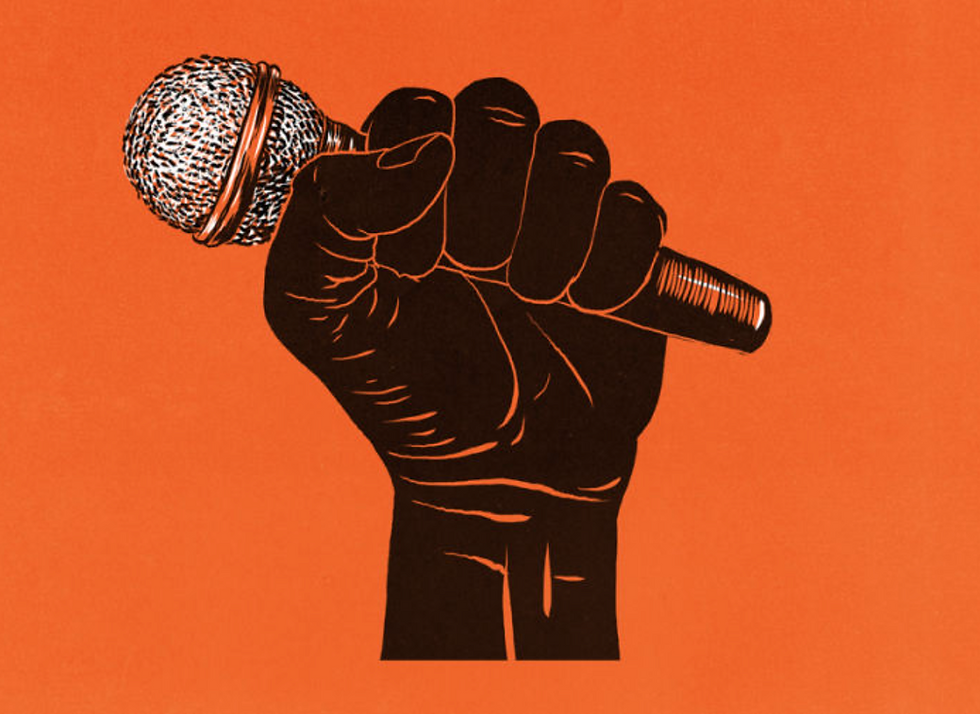No Excuses Needed for Unexcused Absences
- East Spotlight Newspaper
- May 24, 2023
- 3 min read
Updated: Mar 19, 2025
East High, a public school in Denver, Colorado, has prided itself on its responsiveness to student needs, however, it still holds on to a major flaw: the amount of time teens spend in “seats.” Forbes, a global media company, cites that roughly 13 percent of high school students skip school on a daily basis. With 2,581 students enrolled at the beginning of the 2022/23 school year, at least 336 kids are not present on any given day; this does not include excused absences for illness or travel. Now, unexcused absences could be allocated to irresponsible and delinquent teens, although many teens skipping are still passing. If every teen who skipped didn’t pass, the graduation rate at East wouldn’t be 96 percent as of 2022 (U.S. News).
So how are teens graduating high school if they aren’t attending class? It comes down to the quality and usefulness of class times. The ratio of students per teacher at East is reported at 22:1 (U.S. News). The National Center for Educational Statistics reports that the recommended ratio is 16:1 in the United States. Considering every individual's needs, skills, and interests, one teacher is not nearly enough to cultivate 22 students. Additionally, the ratio is inferably inflated due to a higher number of teachers in special education classes. A typical class has an average of 35 students to one teacher. However, an important thing to note is that public schools are already underfunded and teachers are overworked. So what is a factor that is more accessible in changing? Measuring the number of days and minutes students spend in classes is definitely one. Teens at East High are expected to attend seven (50-minute) class periods on three days of the week, four (90-minutes) class periods on one day of the week, and three (90-minute) periods on another. If the average attention span of a teenager is 36-48 minutes, how are they supposed to make it through an entire school day? With only a 50-minute lunch break and 5-minute passing periods, students don’t get much time to decompress between classes, let alone pee.
Many teachers give the same spiel at the beginning of every class: I don’t need you all to be passionate about this subject, but I do need you to give me your attention for the entirety. We are only here for 50 minutes, so let's make it worth our time. Classes also frequently end in a rush, with teachers hurrying through their last google slides crammed with information. They reiterate: I’m sorry I’ve been talking for so long, I just have ten more minutes of notes left for you. If this happened in one class, it would be acceptable. But when seven different teachers are all absorbed in their own teachings, the content becomes a priority over the students: one can see why teens are beginning to think that their presence in class isn’t missed, let alone time well spent. Especially when the lecture and content are posted online later that day.
Now, allowing teens to skip school is not the answer. Instead, a reevaluation of how schools measure mastery might help. The forever-growing “absent days” counter and attendance percentage are clearly declining in effectiveness. Students that have a high amount of absences are still passing with acceptable grades, and students that have a perfect attendance rate are still struggling in some classes. Skipping has gotten so out of hand, that East has threatened to take away parking spots for anyone with an attendance rate lower than 90 percent; but they have not yet acted on it. Deans and school counselors can be found during most passing periods, yelling at teens to “get a move on” when their intentions seem questionable. So what seems to be the real motive to get students to class? To encourage their learning in a rushed, crowded environment? Or to keep the school’s statistics and administrators satisfied? Encouraging and allowing teens to skip is not the answer, however, an increased amount of breaks, less lecture time, and prioritizing the essential content can maximize student’s time.
Now some teachers might openly admit their understanding of their pupils, while others positively recoil at a student skipping their class. Just understand, when a student ditches, it’s not a personal attack. It’s unreasonable expectations, unfair conditions, and fed-up teenagers.





Comments